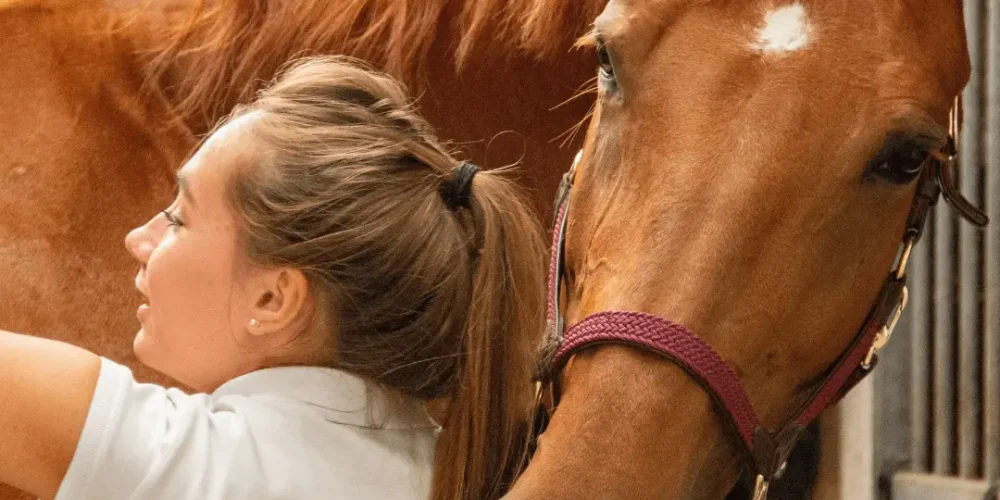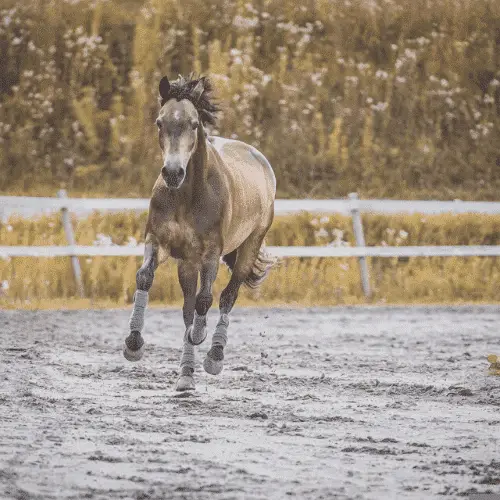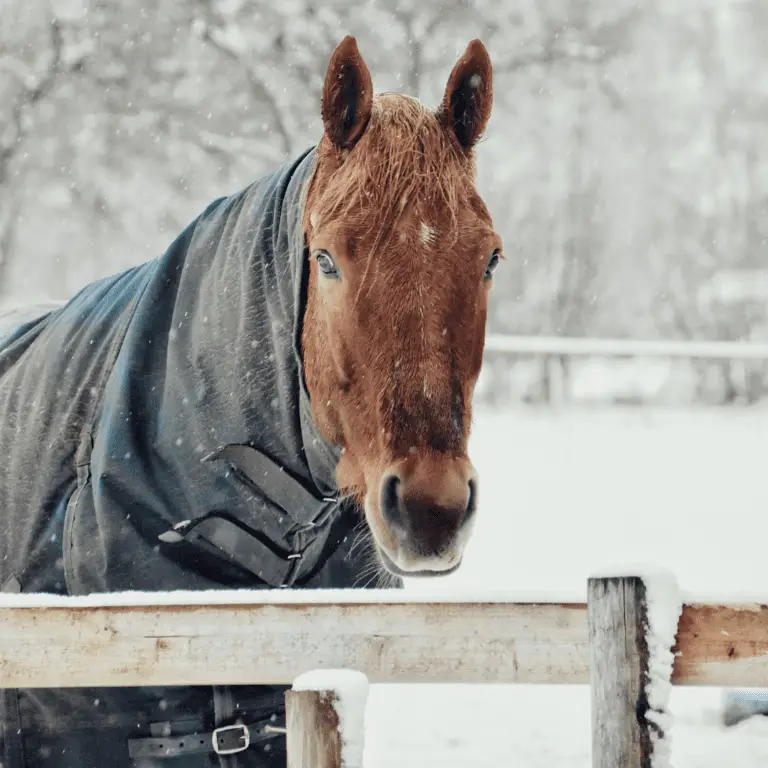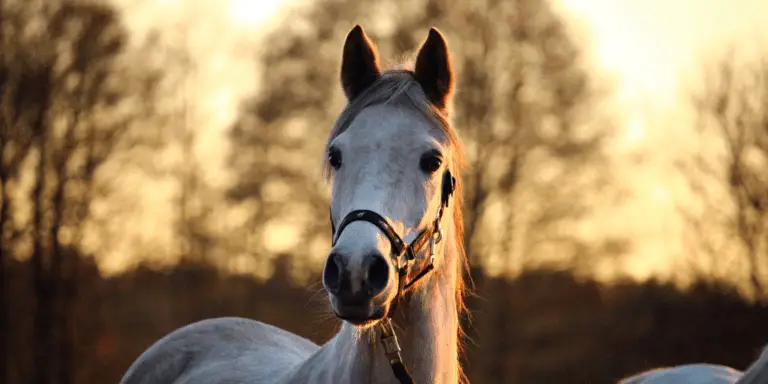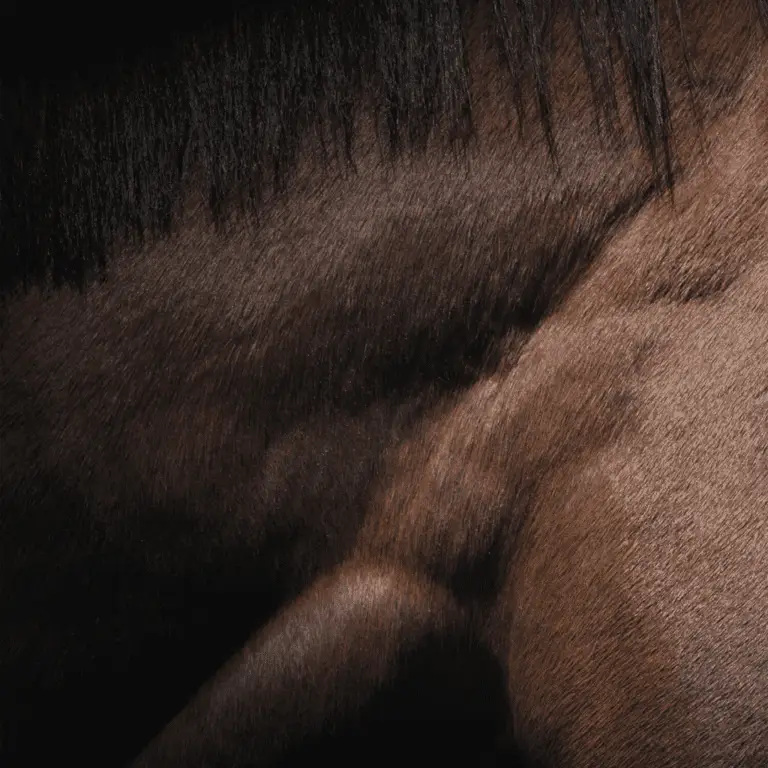
The Horse’s TPR Values: How and Where to Measure Pulse, Temperature and Respiration
Temperature, Pulse and Respiration – Indicators of Your Horse’s Health Early detection of fever, respiratory abnormalities or a too low/too high pulse can save your horse’s life. The following will elaborate on how to take your horse’s temperature, pulse and

